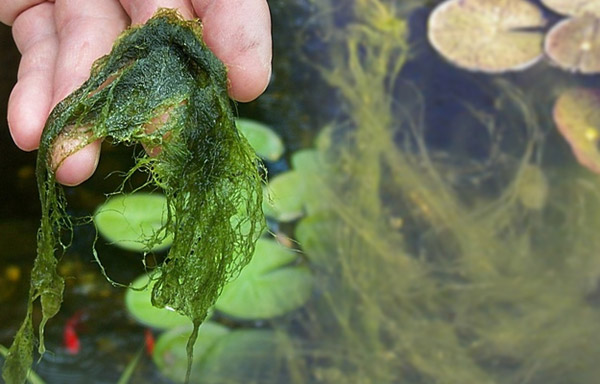How Stress Makes A Fish Vulnerable To Infections & How To Treat Them
/Fish diseases and infections are very hard for the common pond owner to understand without prior research. There are more than 100 known fish diseases and parasites that can form because of microorganisms or environmental situations your fish are living in. However, many owners don't know STRESS can cause a healthy fish to be highly susceptible to disease and parasites. We'll discuss how stress contributes to common ways fish get diseases or parasites and how to prevent them from getting any infection.
Common Causes & Methods to Prevent Fish Diseases or Parasites
Pond fish can either get infectious diseases or noninfectious diseases. Infectious diseases are caused by microorganisms that challenge the fish’s defense mechanisms by invading, infecting, and disrupting the normal functions of the host. Noninfectious diseases are caused by factors such as environmental conditions, nutritional deficiencies, or toxins. Understanding the two classes of diseases will make it easier to access what needs to fixed.
You may think to yourself, "fish have no reason to be stressed." Below we'll have a list of problems fish can encounter that will mold your opinion on stress. Stress is natural for fish in the wild, it stimulates physical changes for fish to survive and overcome a natural situation. When fish are stuck in a confined pond, they are unable to escape the situation that is making them stressed. Understanding how fish may come across a situation with an uncertainty of survival can help you identify a potential stressor.
Some of the most common stressors caused by an artificial ecosystem are fish dealing with an ecosystem that has no natural way to filter itself, a lack of hiding places from predators, excess toxins or chemicals, overcrowding and lack of food or oxygen. If you find your fish has a parasite or disease, it is better to pinpoint the source of a stressor before treating the infection to avoid chronic infections down the road. Below we'll look more in depth about common stressor:
- Artificial Ecosystem: As stated earlier artificial ecosystems usually have no way to filter themselves naturally, especially if they are badly designed. Nitrogen compounds such as Nitrite, Nitrate, and Ammonia are always present in ponds. Although, it is important to keep these levels as low as possible, proper filtration is what breaks down Nitrite and Ammonia, while small levels of Nitrate are absorbed by plants. Rapid change in water temperature also causes pond fish to become stressed. Small or shallow ponds are easier to see rapid change in temperature, adding enough surface coverage to the pond will make water temperature more stable. Introducing new fish to a pond will shock and cause stress to the fish if there is a sudden change in water temperature for them.
- Insufficient Coverage: Introduce more plants into your pond. See our water garden restoration service for a good representation of what sufficient coverage is, without compromising aesthetics. Fish feel unsafe and anxious when they are exposed in an open pond with little coverage. In the wild, being exposed is a sure way of being lunch for a predator. Having no way to find coverage in an enclosed pond is a sure way to keep a fish anxious.
- Toxins and Chemicals: There are numerous chemicals that are harmful to fish, such as excess chlorine, lawn fertilizer, and pesticides. Chlorine is commonly found in tap water, be aware of the chlorine balance when adding new water to your pond, it can severely harm and even kill your fish. This is a common mistake pond owners make whenever they notice their ponds water level has dropped. be very cautious of this mistake. Lawn fertilizer and pesticides are not purposefully added to your pond of course. Instead, they can unintentionally be washed into your pond by rainwater. It is important to check for any signs of toxins or chemicals after heavy rainfall.
- Overcrowding: Having too many fish in an ecosystem that is unfit to sustain them will lead to the fish becoming stressed. Small ponds with overcrowding, experience a buildup of nitrogen compounds and low oxygen levels. Think of yourself in a small, overcrowded room with no ventilation, that's how a fish feels in an oxygen depleted pond. A lack of oxygen may also be caused by a sudden disappearance of algae in the pond since algae's main by-product is oxygen.
Hopefully you found some valueable information about your fish and ponds from this post. If you have any questions, concerns or ideas on topics we should cover, feel free to email us. We'd be happy to help out.





